
When someone is choking, stay calm and help them immediately by following these steps
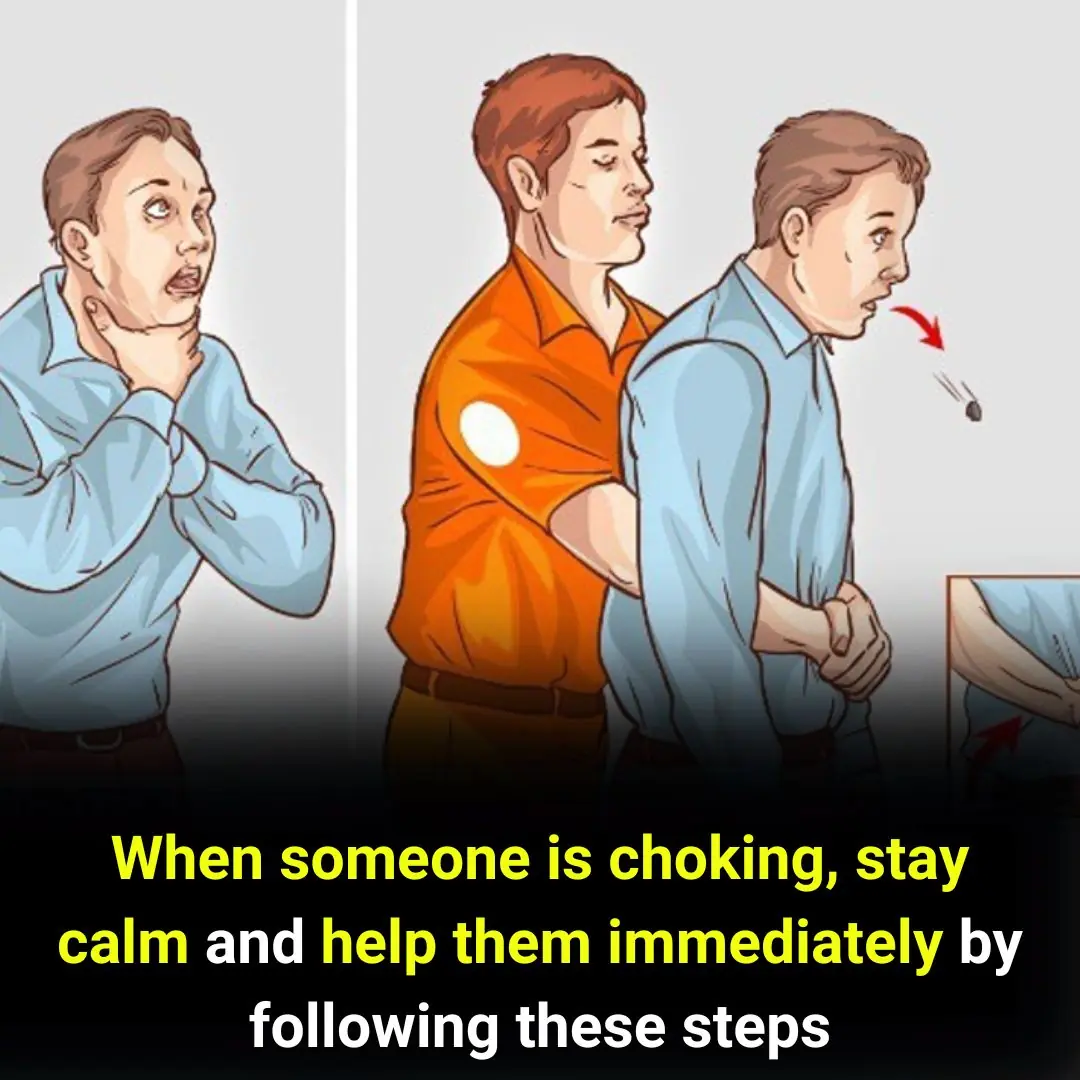
1. How can you tell if someone is choking on a foreign object?
A common sign of choking is when a previously healthy person suddenly puts their hand to their throat. If the person is unable to give a signal, or you did not witness them initially, look for the following signs that suggest choking:
- Sudden inability to speak.
- Development of an intrusion syndrome: coughing, cyanosis, difficulty breathing, wheezing.
- Screaming (wheezing) when trying to breathe.
- Vomiting, drooling
- Complaining of a sore throat, crying, difficulty swallowing.
- Skin, lips, and nails begin to turn blue or dark
- The skin on the head, face, and neck becomes red, then pale or bluish.
- Loss of consciousness follows.
2. What can I do if I see someone choking on a foreign object?
When someone is choking, stay calm and help them immediately with the following actions. If the patient can cough hard, encourage them to continue coughing. If the person is choking and cannot speak or cry, experts around the world unanimously recommend the "five and five" approach, that is, five back blows and five abdominal thrusts for first aid. The specific procedure is as follows:
Five back blows. Stand to the side and behind the choking person. For a small child, you can kneel behind. Place one arm across the person's chest for support. Bend over so that the upper body is parallel to the ground. Give five consecutive back blows between the person's shoulder blades with the back of your palm. If the child is too small, you can place the child face down on your closed thighs.
Five abdominal thrusts (Heimlich maneuver):
Stand directly behind the patient. Place one foot slightly in front of the other for balance. Wrap your arms around the patient's waist and lean forward slightly. If the patient is a small child, you can kneel behind the child.
Make a fist with one hand and place it slightly above the person's navel.
Grasp the fist with the other hand. Press firmly into the abdomen with a quick, upward thrust as if trying to lift the patient. Alternate between 5 back blows and 5 abdominal thrusts until the object is dislodged.
3. Other special cases to note:
If you are the only rescuer, perform back blows and abdominal thrusts before calling 115 or some other emergency number for help. If there is another person, ask that person to call for help while you perform first aid. Do not delay first aid for any reason!
If the patient is pregnant or obese. The rescuer places his or her hand in the middle of the chest to compress, rather than on the abdomen.
If the person who inhaled the object is unconscious, lay him or her on his or her back. If you can see the object in the mouth, use your fingers to remove it. Be careful not to push it further into the airway. (If the object is still stuck and the person begins to show signs of cardiac arrest, perform CPR immediately if you are able.)
According to some studies by the American Heart Association, if you cannot or do not know how to do back blows, just perform abdominal thrusts. Both approaches are acceptable!
4. What to do when we are the victim?
If you are the victim and no one is around, perform the Heimlich maneuver on yourself! You cannot perform back blows on yourself, but don't panic, you can perform abdominal thrusts.
To perform abdominal thrusts (Heimlich maneuver) on yourself, place a fist slightly above your navel. Clench your fist with your other hand and bend over a hard surface (tabletop or chair). Push your fist inward and upward. And don't forget to quickly call 911 or your emergency number immediately while you're doing this.
News in the same category


Health Experts Warn: This Common Fruit Contains the Highest Pesticide Residue and Should Be Avoided If Not Properly Washed

Three Subtle Signs Women Can Check to Detect Possible Infidelity, Relationship Experts Say

Stop Putting Lemons Straight Into the Fridge: Use This Simple Trick to Keep Them Fresh for Up to a Year

Simple tips to deal with clogged pipes at home

To get rid of cockroaches, you can use several natural ingredients commonly found at home.

Sprinkle One Spoonful of This When Frying Fish: Perfect Golden Crisp, Even Cooking, and No More Sticking to the Pan

Added Too Much Salt While Cooking? Don’t Add Water — Use This Ingredient to Balance the Flavor

A little-known secret to keeping ginger fresh and delicious

How to fix a leaking refrigerator: Simple solutions and tips to extend its lifespan

When washing clothes, don't just put in detergent. Let me teach you a little trick

Oranges Are in Season, but Doctors Warn: Never Eat Oranges With These Three Types of Foods
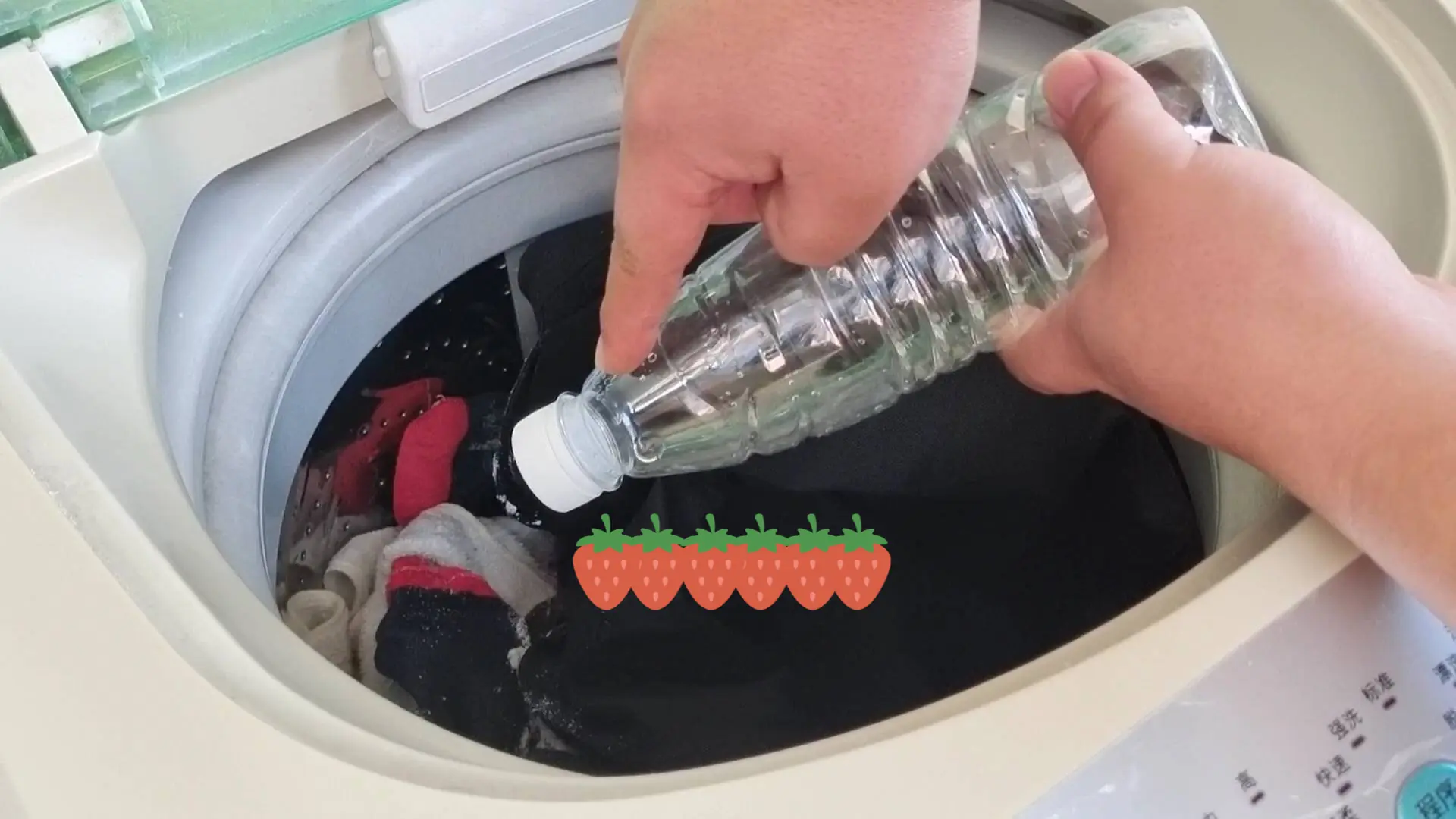
Put an empty plastic bottle in the washing machine — the person who invented this hack must have sky-high IQ
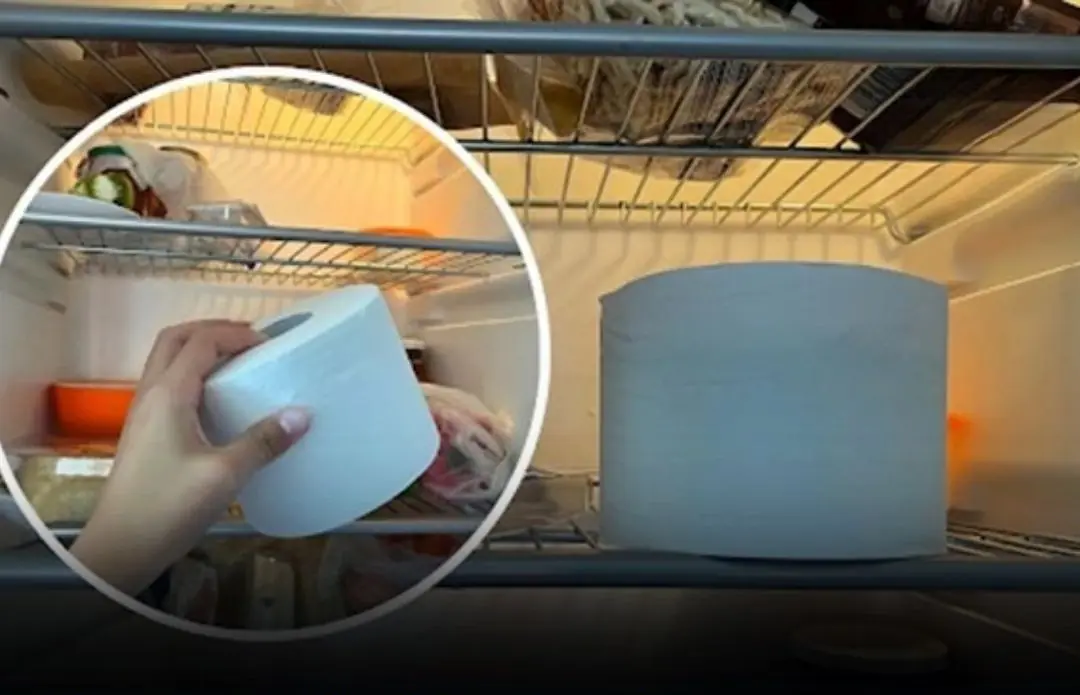
This Surprising Hack Could Save You Thousands

Warm Water Each Morning Can Be a ‘Healing Tonic’—But It Turns into ‘Toxic Water’ If You Drink It in These 3 Harmful Ways

5 Surprising Changes That Happen to Your Body When You Drink Warm Lemon Water Every Morning

Snakes are very afraid of the smell of these 3 plants

When bitt.en by a snake, you should do these things first

There is a “secret button” on your washing machine — pressing it once can cut your electricity bill by 62%
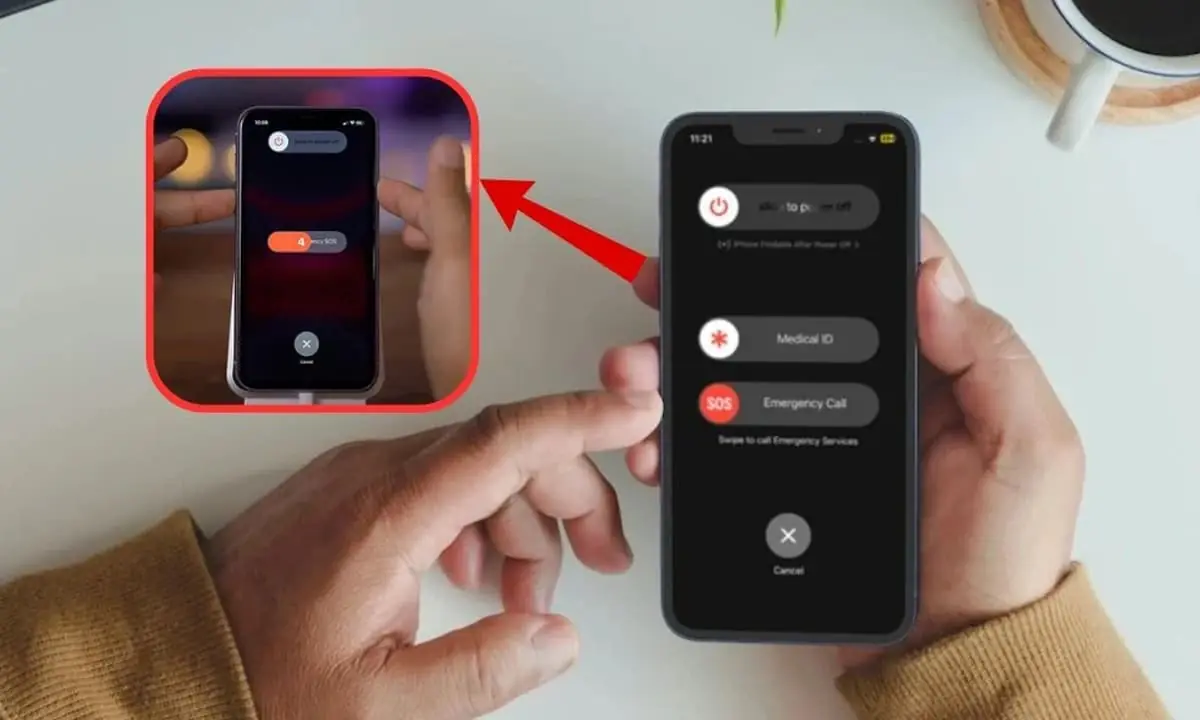
The Phone’s Volume Buttons Have 6 Hidden Functions — Extremely Practical! Not Knowing Them Is Truly a Waste!
News Post

Tiny “Bags” on your walls? Here’s what they really are and how to get rid of them for good

5 nighttime habits doctors warn may raise the risk of str.oke

Why we help waiters: The psychology behind a simple act of kindness
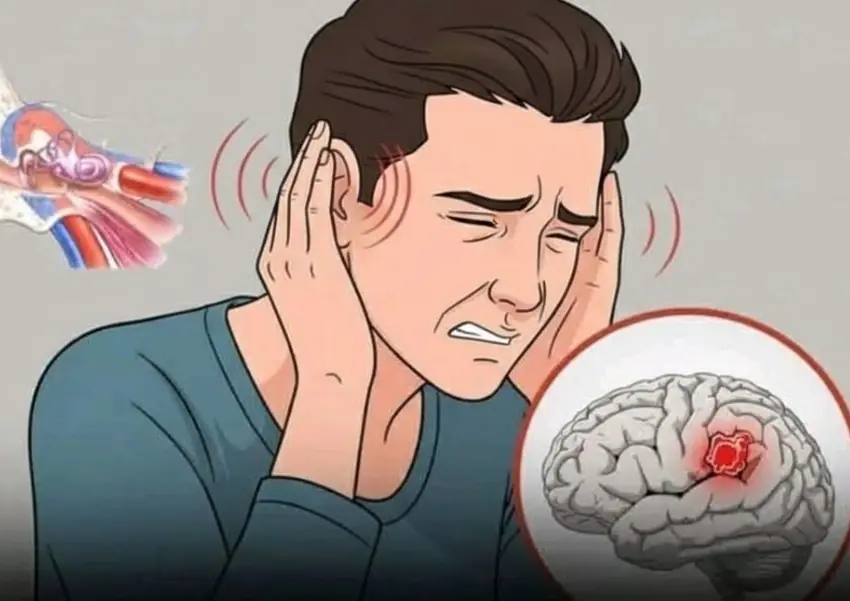
If you often notice ringing in your ears, this might be a sign that you are dealing with an underlying health issue

Bull thistle (Cirsium vulgare): A wild plant with surprising benefits

Stuffed Lemon Cookies

3 morning symptoms of people with undiagnosed can.cer
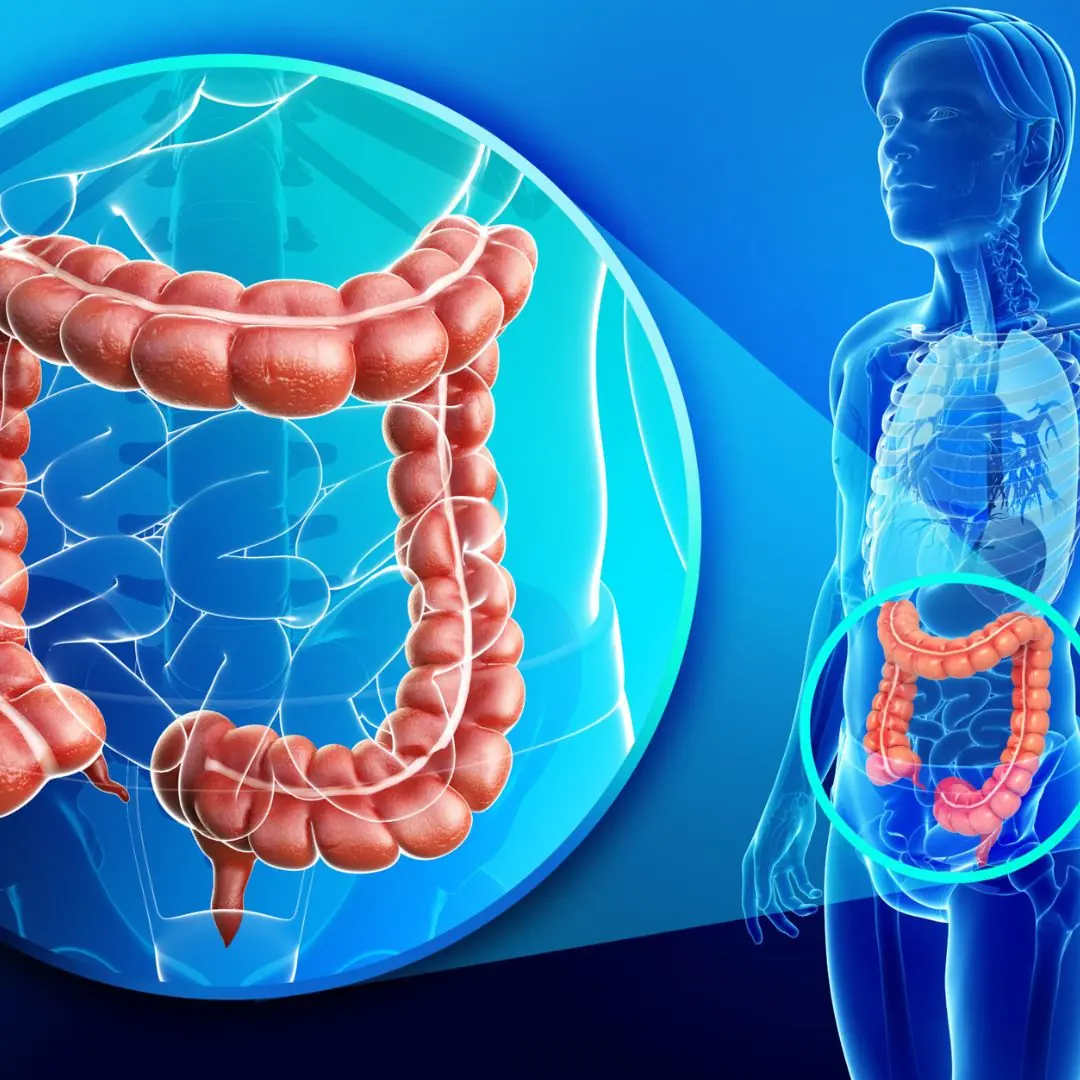
Common routines you ignore every day that may raise your risk of colon cancer
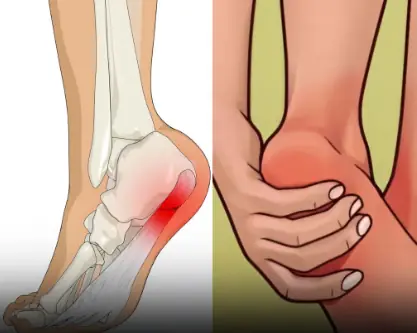
7 Powerful Exercises to Relieve Heel Pain and Treat Plantar Fasciitis Naturally

This Button on Your Car Key Is Something 90% of Owners Have Never Used — Yet It Could Save Your Life in an Emergency

Important News for Everyone Who Loves a Daytime Nap

Man Says Goodbye To His Wife As They Took Her Off Life Support, But Then She Utters 5 Words
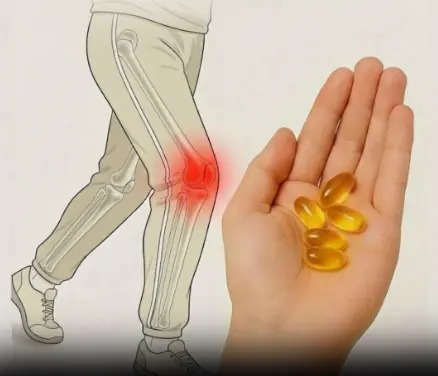
The Vitamin & Mineral Deficiencies That May Be Behind Leg and Bone Pain

What it says about your relationship when your partner sleeps with their back to you

Surprising Causes Of Hives Revealed — What May Be Triggering Your Skin Reaction

4 foods to eat on an empty stomach in the morning to cleanse the gut, boost digestion, and lower cancer risk
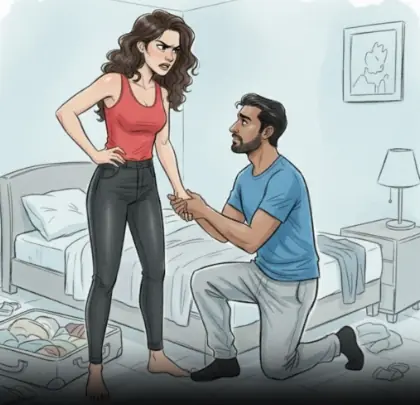
7 Ways How To Deal With A Cheating Husband

People who nap during the day should definitely read this

Say Goodbye to Joint and Foot Pain with a Relaxing Rosemary Bath
